FROM Longford, I’ve spent a lifetime working with horses. A BHS-qualified instructor, I taught at the legendary Iris Kellett Riding School, then won the gold medal awarded during the Irish National Stud’s breeding course.
After working all over Europe with hunters, show jumpers, eventers and polo ponies, I spent a season breaking yearlings at Sheikh Mohammed’s Kildangan Stud.
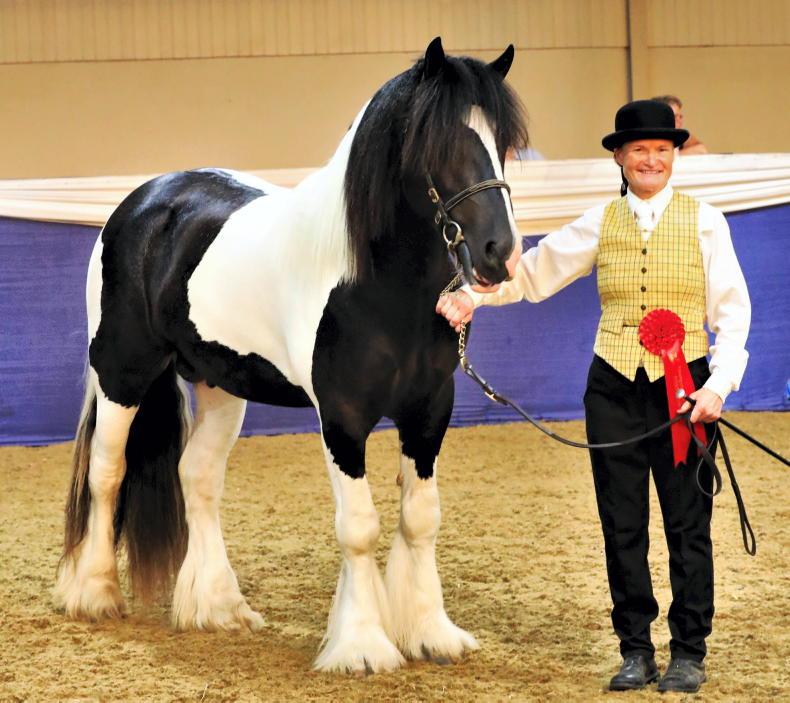

 This is a subscriber-only article
This is a subscriber-only article
 It looks like you're browsing in private mode
It looks like you're browsing in private mode
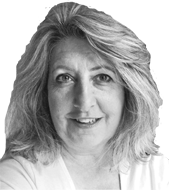



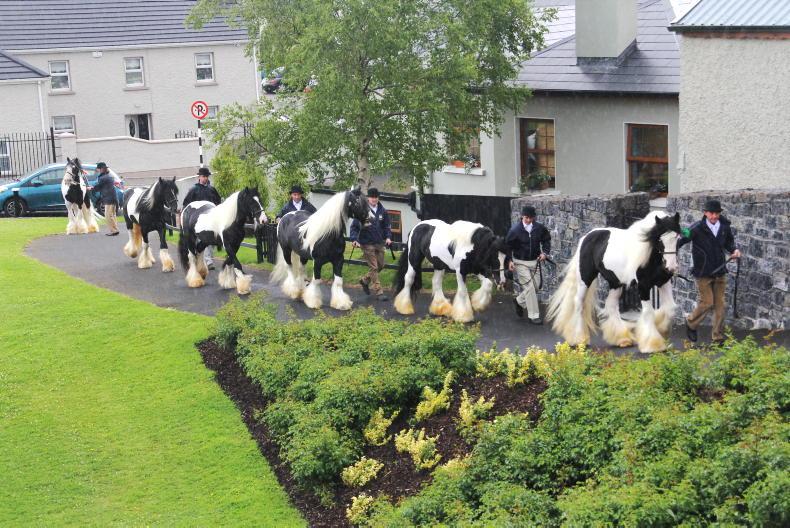
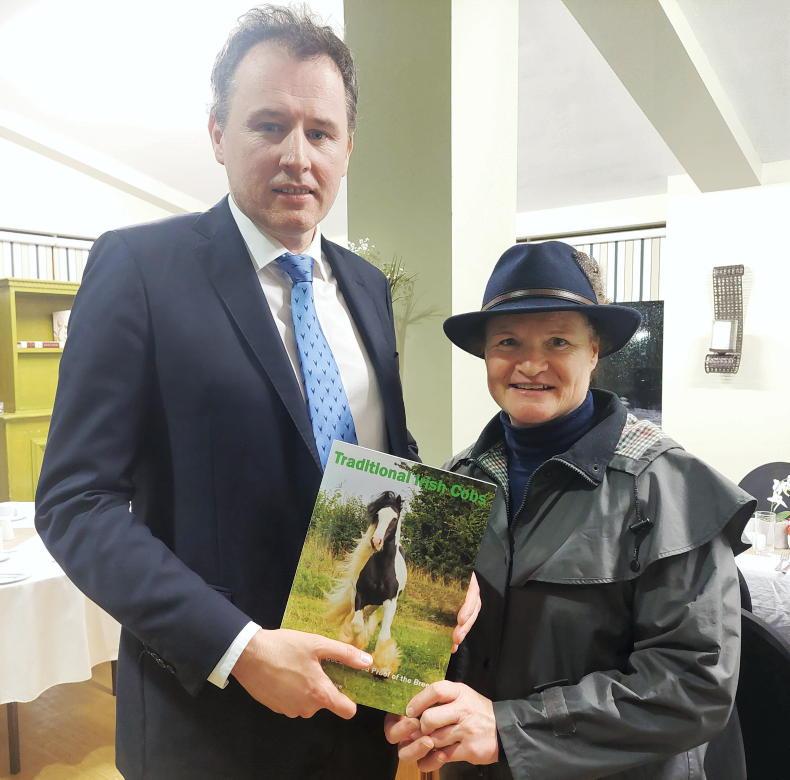
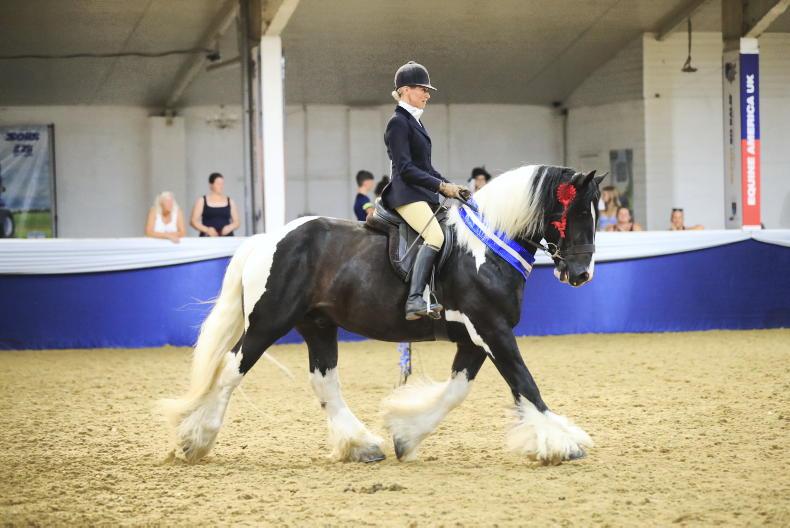
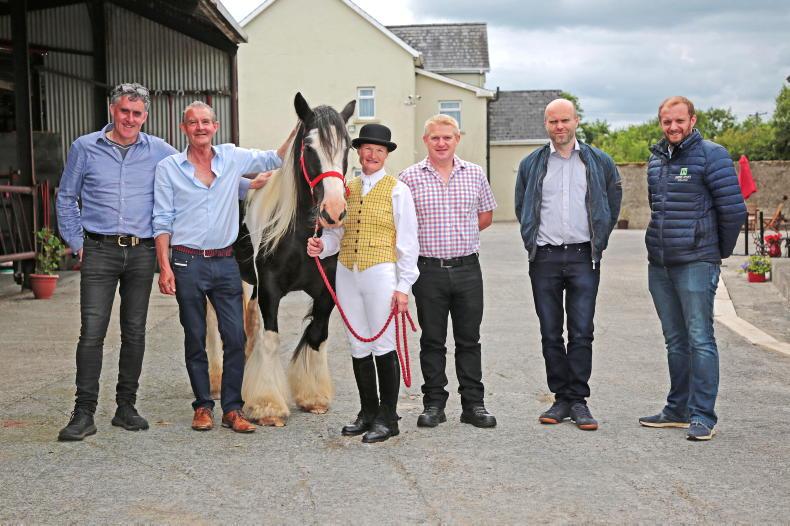
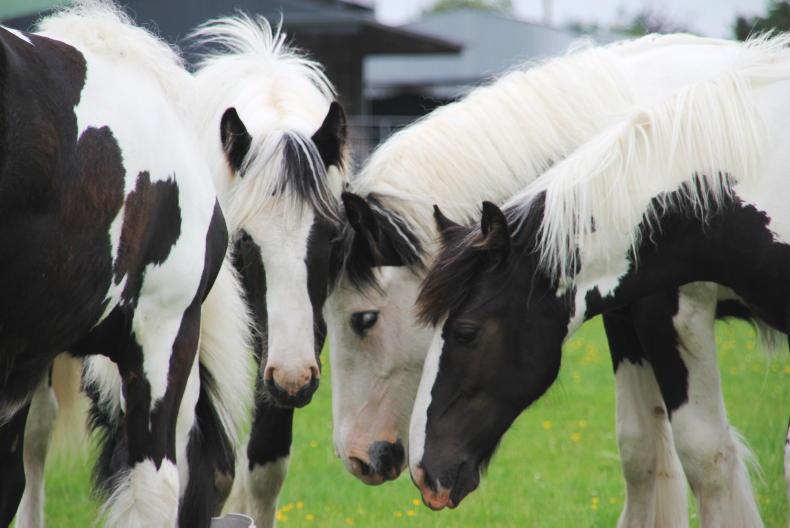
SHARING OPTIONS: